Every March 19, the Feast Day of Saint Joseph, special Saint Joseph altars appear in Southeastern Louisiana. The practice is a Sicilian practice that dates back centuries. Today, we visited five Saint Joseph altars.
What is a Saint Joseph altar? It is an altar that is set up and filled with food and drink. In general, one does not partake of the food or drink on the altar. It is often intended for the poor.
In addition to the food, there is often a place to write prayer petitions. And, in many cases there is a side area set up for Mary, an area where votive candles can be burned.
Much of the food and drink is donated, but there are donation boxes that accept money. Often the money collected is also given to the poor. The poor do have other needs such as clothing.








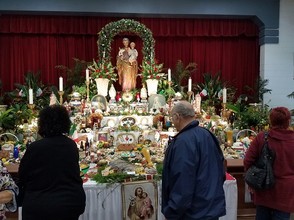
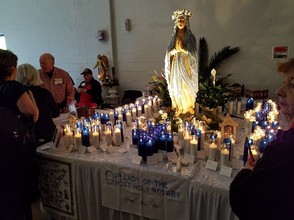
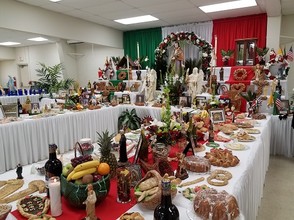
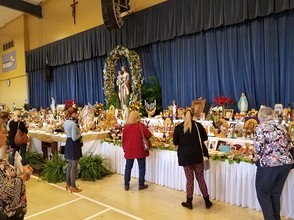
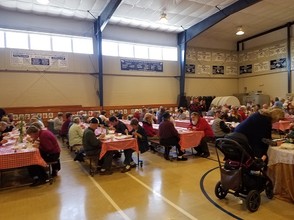
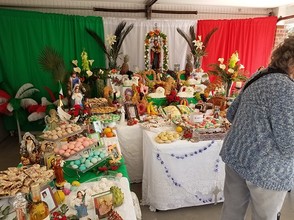
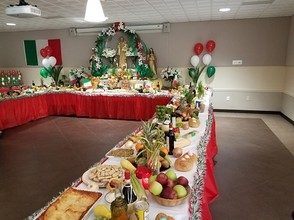
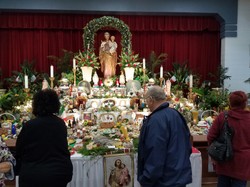

 Multivariable Calculus: Gradient, Divergence, and Curl10 days ago
Multivariable Calculus: Gradient, Divergence, and Curl10 days ago
 UAPs, Formerly UFOs, If They Are Real How Can We Explain Their Arrival to Earth?11 days ago
UAPs, Formerly UFOs, If They Are Real How Can We Explain Their Arrival to Earth?11 days ago
 Polar Coordinate System13 days ago
Polar Coordinate System13 days ago
 Aurora Can Disrupt Electrical Devices And Even the Grid?15 days ago
Aurora Can Disrupt Electrical Devices And Even the Grid?15 days ago

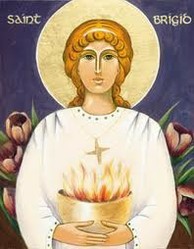

Comments
I should mention the older participation was probably more of a procession. We have a parade in this area tonight.
I believe the tradition in Sicily goes back to the 1400s.
It is indeed a wonderful tradition. Britain is a totally godless nation and these things just would not happen even in a church .
This type of offering should be made more often. It's a wonderful tradition!
The way the votive candles were set up was blue glass holders for the decades, and white ones with images to start the decades. They were empty glasses, and a narrow clear glass candle was handed out to be inserted into one of the bead locations, too narrow to stand on its own, but fit nly into one of the colored glasses.
What a delightful tradition. The photos are beautiful. It must be quite an occasion. I knew nothing about it so thank you very much for this new knowledge, as always.
The votive candles arranged as a rosary are particularly pleasing
They are so popular that the newspaper, and even television news, cover them. Most are also online in church bulletins. People also place a large wooden fava bean outside painted in the colors of the Italian flag. In fact, knowing the hours for viewing, and the hours of serving the public a meal are important. It is more than the where, but many details are needed. There is also an Italian (mostly Sicilian in this area) culture and heritage society that gets information out.
blackspanielgallery, Thank you for the photos, practicalities and products. How do people know where the private and public altars are held?